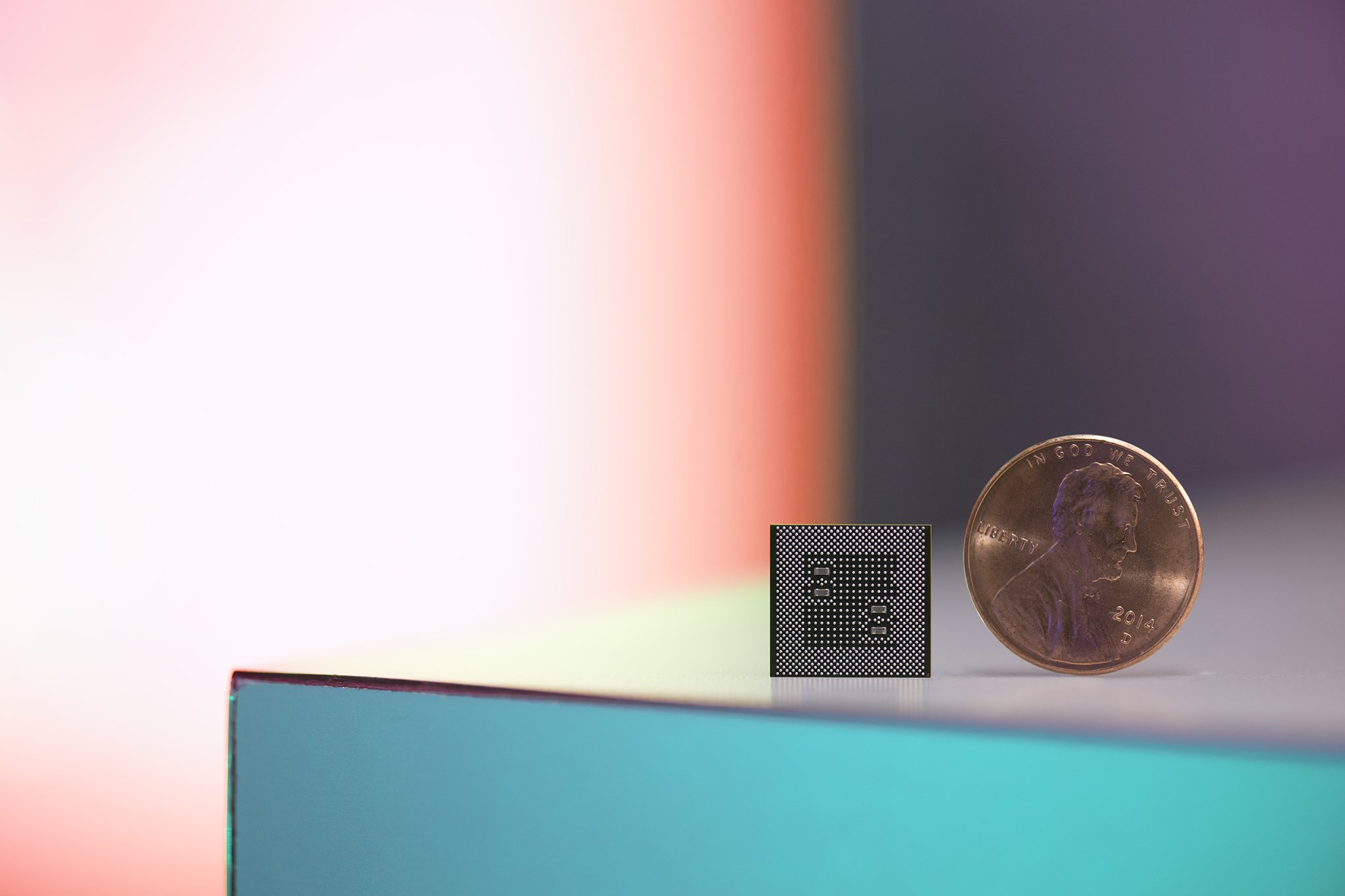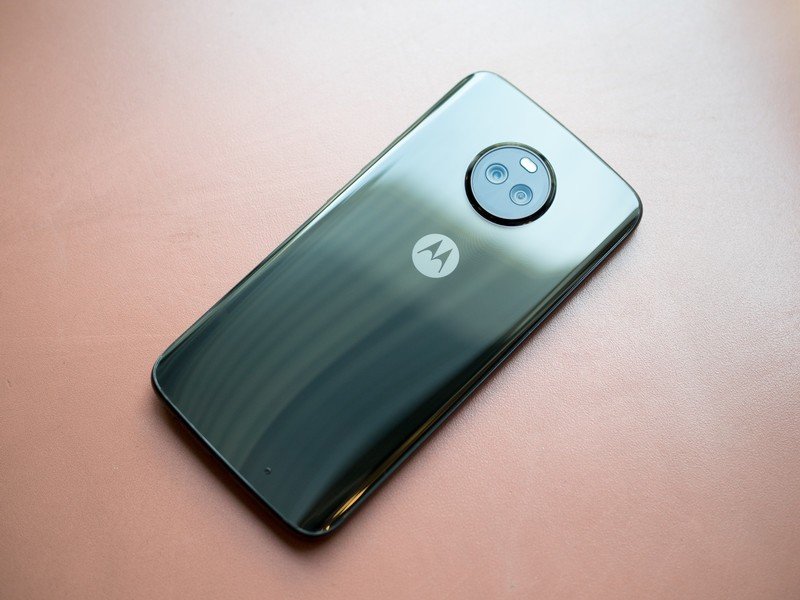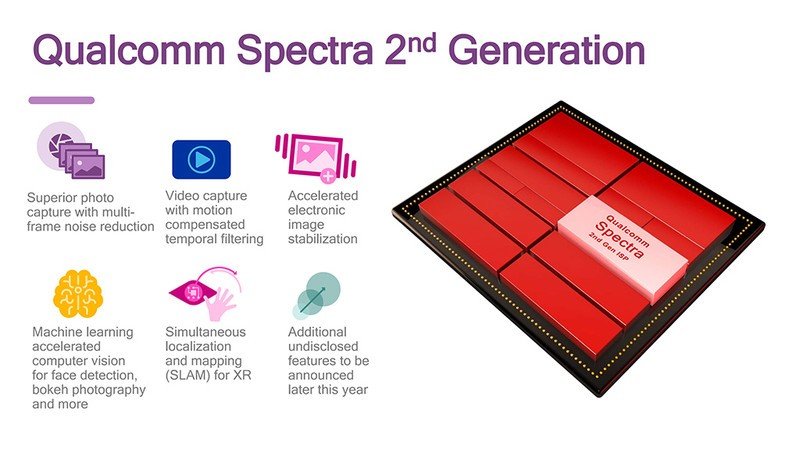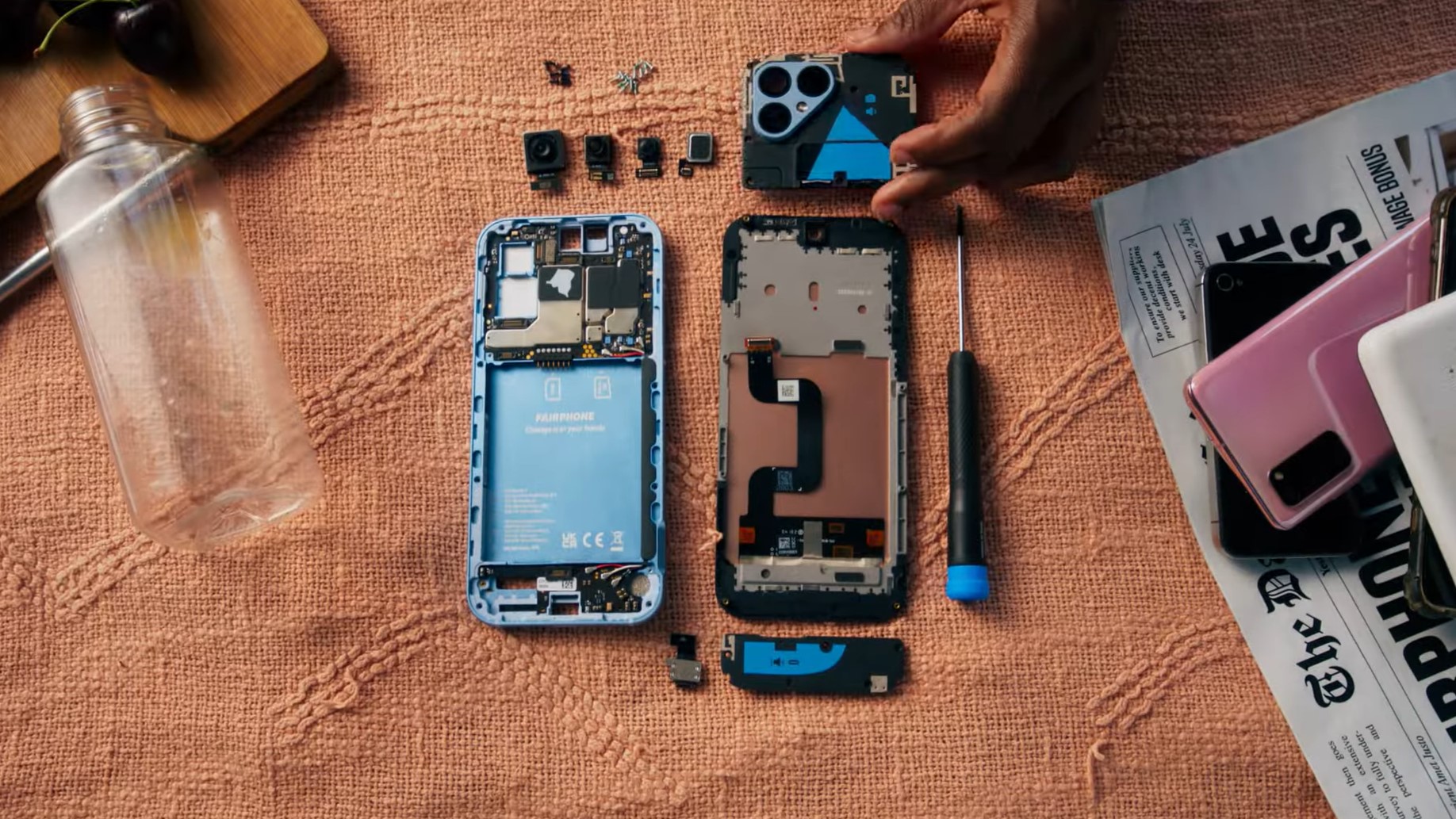Why don't phone makers use last year's high-end chips in budget phones?

Everybody loves budget-friendly phones that are still pretty high-end devices. Motorola, ZTE, and other companies have delivered some great products at great prices, and for many, it's crazy to spend almost $1,000 to buy the best from Google or Samsung. These "budget" phones can do everything they want them to do at considerable savings. But there's one question a lot of folks have about the parts that make these phones go: why use "lesser" chipsets instead of just using last generation's flagship chips?
We'll take the Moto X4 and use it as an example here. It ships with a $399 price and a Snapdragon 630. Both of those are definitely on the budget side of the line. So why didn't Moto keep the price, but use a Snapdragon 820 or 821 instead of the brand-new Snapdragon 630?
Because the Snapdragon 630 is better than the Snapdragon 821 in several key areas, and they are pretty important ones.

No, we're not talking about performance in the way you might be thinking. The Snapdragon 821 with its Kryo cores and Adreno 530 GPU will run rings around the 630's Cortex-A53 cores and Adreno 508 GPU when doing intensive things like gaming or VR. But there's more to making a great chip for a great phone. A lot more.
Getting connected in 2017

This is the most important reason why a company like Motorola/Lenovo doesn't want to use a Snapdragon chip designed in 2015 inside a phone sold at the end of 2017.
These are phones. Getting connected and staying connected is kind of important.
The Snapdragon 630 has Qualcomm's X12 Modem, which is the same LTE package that was in the high-end 821. That means LTE speeds up to 600 Mbps, LTE Cat 12 (downlink)/13 (uplink), 3 x 20 MHz carrier aggregation and 256 QAM. This all translates into real-world LTE speeds in the 200-250 Mbps right now, and those will climb as carrier infrastructure is updated further. That's a good thing.
Be an expert in 5 minutes
Get the latest news from Android Central, your trusted companion in the world of Android
Also new to the 600 platform is 2x2 MU-MIMO 802.11ac Wi-Fi. That means things like solid-concrete walls or copper plumbing pipes won't interfere with your Wi-Fi signal as much and you'll have a faster connection even further away. This means more than double the data throughput from the previous 600 series chipsets.
New chips can get new tech that didn't exist last year.
In addition, the Snapdragon 630 supports wireless tech the Snapdragon 821 doesn't. Things like Bluetooth 5 which means better support for the next-gen IoT (internet of things) as well as advances in current products. Or advanced RF front-end support through Qualcomm's TruSignal adaptive antenna that now works with carrier aggregation, which translates into a better signal further from the cell tower.
There's even a new location engine that supports the newest constellations (think satellite clusters) like QZSS and SBAS which will not only make finding your location faster and more accurate but also provide satellite-based augmentation that factors in things like clock drift and microwave signal ionospheric delay. Science!
The Snapdragon 630 makes for a better portable handheld wireless device than the Snapdragon 821 does.
But wait, there's more!
The Snapdragon 630 is also a modern chipset when it comes to input and output. There is full support for Quick Charge 4.0, USB Type-C and USB 3.1. Faster data connection and the now-universal socket are awesome, and so is support for all of the latest fast-charging methods. Qualcomm's All-Ways Aware sensor hub package means you'll use a lot less power when getting data from things like the gyroscope because it can run independently from the main CPU cores. And hardware-based security for things like biometrics means your data will be more secure and its data-entry (the act of scanning your finger or face or iris) is faster and more accurate.

Last but not least are the camera capabilities. A good camera has become one of the most important features for many consumers, and the Snapdragon 630 offers support for the second-generation Spectra ISP (image signal processor) system. This supports the fancy computational photography we saw with the Google Pixel in 2016 as well as instant focus and zero shutter lag from the internal hardware.
Support is important, too. We depend on the company who made our phone for support, and it depends on the company who made the components.
The 630 also includes some of the standard performance-enhancing things we usually think of like a faster clock rate in the CPU cores and better 3D rendering from a new GPU when compared to the previous 600 series chipsets. The Snapdragon 630 is not only a better chip than last years 625 was, but it's also a better chip than last year's Snapdragon 821 was.
Remember, we just used the Moto X4 and its Snapdragon 630 as an example. These same types of upgrades are also present on all new chips compared to older models. Along with things like better battery life and longer OEM support, this is why companies making our phones use the latest and greatest even in their inexpensive models. And we should be glad that they do!
What about updates?
That's another win in favor of the Snapdragon 630: Qualcomm supports its chips for a finite amount of time, which means that a budget chip from 2017 is likely to be updated for much longer than a more powerful chip from 2016.
Of course, it's up to the phone manufacturer to actually follow through with those updates, but Qualcomm and other chip vendors like Broadcom are integral to this process, as they facilitate driver upgrades and other important improvements to prepare phones for a new Android platform update. It's improving this cooperation that Google had in mind when it announced and implemented Project Treble alongside Android O earlier this year.
It's the price, stupid!
There's another factor that keeps budget phones with "budget" chips instead of last year's flagships: price. Qualcomm licenses a bunch of technology to companies with its Snapdragon processors, and the 800-series is chock-full of features, sensors and optimizations. The cheaper chips in the Snapdragon 600- and 400-series don't always share those same top-shelf features, so phone companies are more likely to choose them over last year's flagship chips, which still likely carry a higher price tag.
Your thoughts
What do you think about all of this? Are you more inclined to buy a Galaxy S7 over a Moto X4? Let us know in the comments!

Jerry is an amateur woodworker and struggling shade tree mechanic. There's nothing he can't take apart, but many things he can't reassemble. You'll find him writing and speaking his loud opinion on Android Central and occasionally on Threads.
